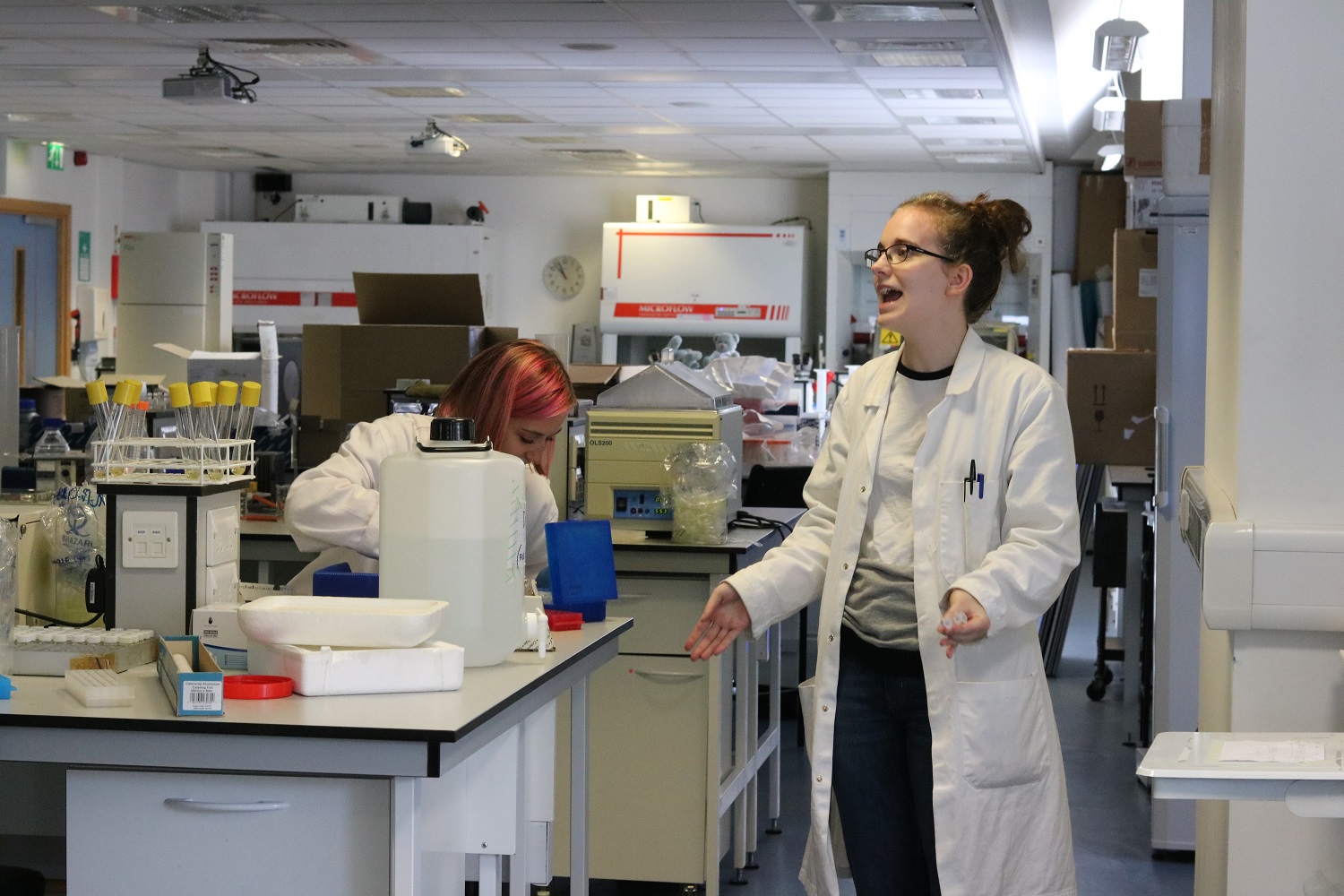Contents
Overview
The aim of our work is to develop a low-cost device to introduce the sample, extract the biomarker, xylulose, and house the <a href="https://2017.igem.org/Team:Glasgow/mtlR">biosensing bacteria</a>, all in a self-contained device.
Xylulose extraction has been carried out previously in “Structural Analysis of the Capsular Polysaccharide from Campylobacter jejuni” (Gilbert et al., 2007) [1] using the fact that it is very acid labile. The process involved heating the sample with acetic acid to a temperature of 100°C. To enable the device to be portable and used in the field, we targeted the use of microfluidics techniques to extract and detect xylulose.
The device consists of 3 elements (as shown in figures X, Y and Z):
- 1) A swab, used to gather the sample from the environment, attached to a syringe containing 1% acetic acid in tris acetate (TAE) buffer.
- 2) A self-contained (to avoid contamination) combined processing plate and heating circuit for preparing the sample for detection.
- 3) A Device casing to house and contain the processing plate and electronics
The processing plate contained a section to house the <a href="https://2017.igem.org/Team:Glasgow/mtlR">genetically modified bacteria</a> that has been developed for our project, and allow the user to observe if there was any Campylobacter present in the original sample.
One part that is not available in this design is the detection system. In this version, we rely on eye inspection, but this could be implemented in a quantifiable system using for example a smartphone.
Aims
- Aim 1
- Sub-aim 1
- Sub-aim 2
- Aim 2
- Sub-aim 1
- Sub-aim 2
Materials and Methods
Condition set up
Sample preparation
- 1
- 2
- 3
Results and Discussion
Outlook
References
- ↑ Gilbert, M., Mandrell, R., Parker, C., Li, J. and Vinogradov, E. (2007). Structural Analysis of the Capsular Polysaccharide fromCampylobacter jejuni RM1221. ChemBioChem, 8(6), pp.625-631.



